In the vast ocean, there are fish species that rely on speed to hunt their prey, but there are also fish species that live peacefully with their slow and graceful movements. This article will provide the top two slowest fish species in the world.

Reviewing the two slowest fish species in the world.
Below we will discover the two slowest fish species in the world:
Dwarf Seahorse
The movement speed of the dwarf seahorse is very slow, only 150cm/hour. Most of their movement is due to the water currents, so they can move a little faster. However, the slow movement speed is sometimes an advantage that helps this seahorse species easily hunt small prey like tiny crustaceans without being detected.
The dwarf seahorse is considered a successful hunter on all fronts despite its slow movement and being prone to missing opportunities. However, it is slow but steady. This fish species spends all of its life mating and giving birth.
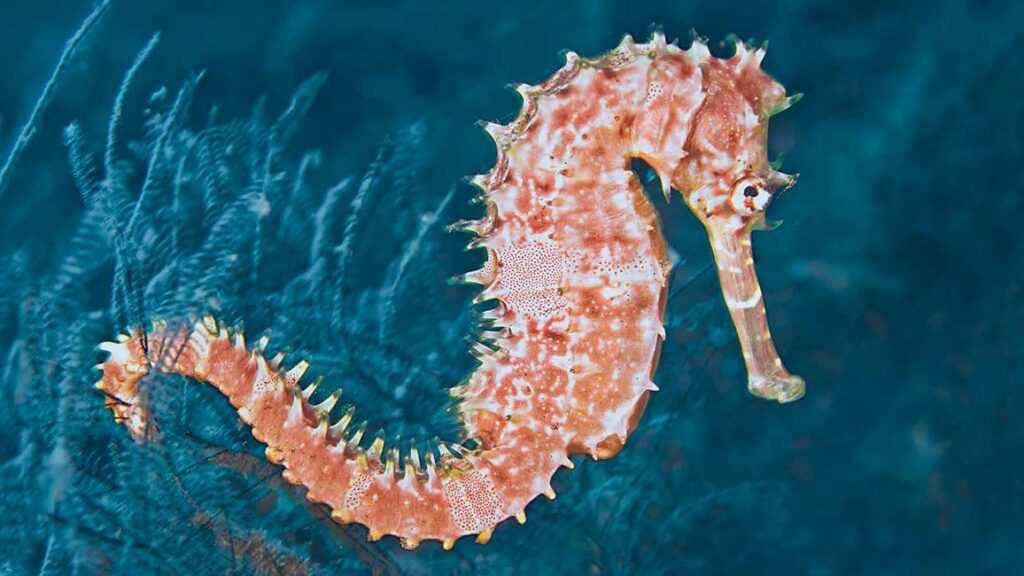
>> Long-snouted seahorse: A wild species of fish threatened with extinction
Betta Fish
Betta fish is a type of fish that doesn’t like to swim fast, and they swim slowly in tanks because they are often kept as ornamental fish.

So why do these types of fish swim slowly like that?
Why do slow-swimming fish species not encounter danger?
Swimming slowly or quickly is an inherent characteristic of fish species, and we cannot intervene or stimulate their swimming ability according to our own desires because it is very difficult. Factors related to the organs and cells in the body of fish species will determine their behavioral traits, such as the slow swimming of some fish.
Swimming slowly can sometimes be a concern, but it can also help these fish avoid dangers in a world full of constant threats. They move in a gentle rhythm according to the force of the water current or let their bodies drift and move in the water, which is also a common phenomenon we often see. However, moving slowly will prevent them from escaping their fixed water area and they may remain stagnant in one place.

So where do slow-moving fish typically inhabit?
Habitats of slow-moving fish.
In fact, there is no fixed location for the living or habitat of slow-moving fish species, as they may or may not adapt to different environments depending on their individual characteristics. Limited mobility will not affect their behavior patterns, reproduction or feeding, so these species can still survive normally in their specific areas.
Slow-moving fish have a tendency to drift along ocean currents, and when it rains or storms, they often tilt their bodies sideways to swim faster than usual. This is also one of the unique traits of slow-moving fish. Swimming slowly will not affect their lifespan in the ocean much, as swimming slowly helps these fish better target and observe their prey, while also allowing them to move leisurely when in close proximity to their favorite food.

Thank you for reading our article about slow-swimming fish, which is intended for reference only. Compared to fast-swimming fish, the number of slow-swimming fish species on the planet is quite small. We hope you found this article informative and look forward to seeing you in our future articles.
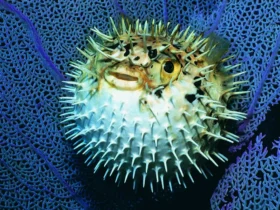
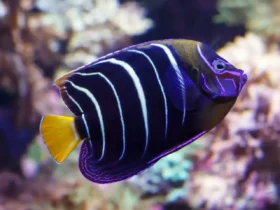
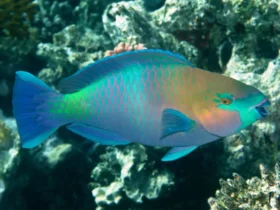
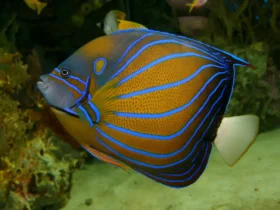
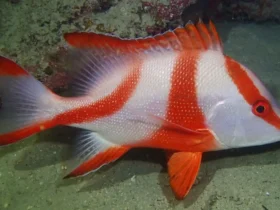
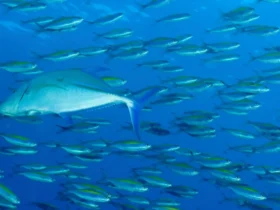
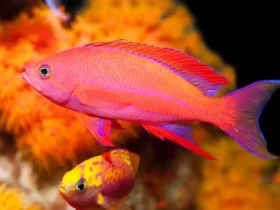
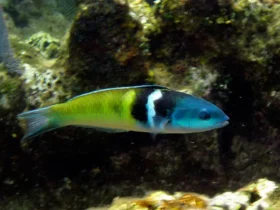
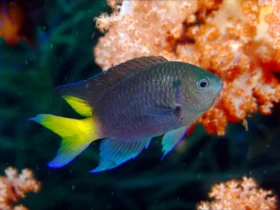
Leave a Reply